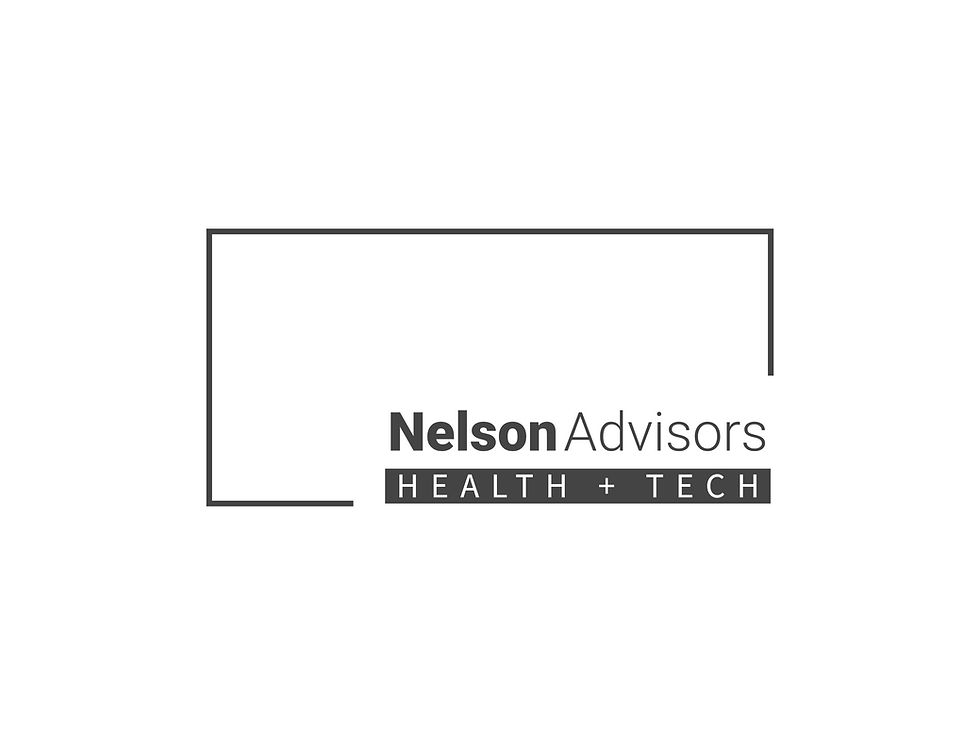Asynchronous care models and asynchronists set to play a central role in the future of care delivery
- Lloyd Price
- Oct 8, 2024
- 5 min read

Exec Summary:
Asynchronous care models refer to healthcare services that are delivered outside of the traditional in-person, synchronous setting. These models often involve the use of technology to facilitate communication and care delivery between healthcare providers and patients.
Asynchronists, healthcare professionals who work remotely or asynchronously, are poised to play a pivotal role in shaping the future of care delivery. Here's why:
1. Enhanced Access and Convenience:
Remote Care: Asynchronists can provide care to patients in remote or underserved areas, increasing access to healthcare services.
Flexible Scheduling: Patients can receive care at times that suit their schedules, reducing wait times and improving convenience.
2. Improved Efficiency and Cost-Effectiveness:
Reduced Overhead: Asynchronous care models can reduce overhead costs associated with physical clinics or hospitals, making care more affordable.
Faster Response Times: For non-urgent matters, asynchronists can often provide quicker responses than traditional in-person appointments.
3. Specialised Expertise:
Narrow Focus: Asynchronists can specialise in specific areas of care, providing patients with highly specialised expertise.
Global Collaboration: They can collaborate with healthcare professionals from around the world, leveraging diverse knowledge and skills.
4. Patient-Centred Care:
Personalised Approach: Asynchronists can often provide more personalised care, as they have more time to focus on individual patients' needs.
Improved Patient Experience: Patients may feel more empowered and satisfied with their care when they have greater flexibility and control over their appointments.
5. Technological Advancements:
Telehealth and Virtual Care: The increasing adoption of telehealth and virtual care platforms enables asynchronists to deliver high-quality care remotely.
AI and Machine Learning: These technologies can assist asynchronists in tasks such as data analysis, diagnosis, and treatment recommendations.
In conclusion, asynchronists offer a valuable solution to many of the challenges facing healthcare today. By leveraging technology and a patient-centred approach, they can help to improve access to care, enhance efficiency, and deliver high-quality outcomes.
Nelson Advisors work with Founders, Owners and Investors to assess whether they should 'Build, Buy, Partner or Sell' in order to maximise shareholder value.
Healthcare Technology Thought Leadership from Nelson Advisors – Market Insights, Analysis & Predictions. Visit https://www.healthcare.digital
HealthTech Corporate Development - Buy Side, Sell Side, Growth & Strategy services for Founders, Owners and Investors. Email lloyd@nelsonadvisors.co.uk
HealthTech M&A Newsletter from Nelson Advisors - HealthTech, Health IT, Digital Health Insights and Analysis. Subscribe Today! https://lnkd.in/e5hTp_xb
HealthTech Corporate Development and M&A - Buy Side, Sell Side, Growth & Strategy services for companies in Europe, Middle East and Africa. Visit www.nelsonadvisors.co.uk

Asynchronous Care Models: A Closer Look
Asynchronous care models refer to healthcare services that are delivered outside of the traditional in-person, synchronous setting. These models often involve the use of technology to facilitate communication and care delivery between healthcare providers and patients.
Key Characteristics of Asynchronous Care Models:
Time-Shifted Care: Patients and providers do not interact in real-time.
Technology-Enabled: Platforms like telehealth, email, and messaging apps are essential.
Flexible Scheduling: Patients can access care at times that suit their schedules.
Remote Delivery: Care can be provided from anywhere with an internet connection.
Examples of Asynchronous Care Models:
Email Consultations: Patients can send questions or concerns to their healthcare providers via email and receive a response at a later time.
Online Portals: Patients can access their medical records, schedule appointments, and communicate with their providers through online portals.
Mobile Apps: Healthcare providers can use mobile apps to connect with patients, monitor their health, and provide remote guidance.
Store-and-Forward Telehealth: Medical images or data are transmitted to specialists for review, and the results are sent back to the referring provider.
Benefits of Asynchronous Care Models:
Increased Access: Patients in remote or underserved areas can access specialised care.
Improved Convenience: Patients can receive care at times that are convenient for them.
Reduced Wait Times: Patients may experience shorter wait times for appointments and test results.
Enhanced Patient Engagement: Patients can take a more active role in their care.
Potential Challenges and Considerations:
Technical Difficulties: Reliance on technology can lead to technical issues.
Privacy and Security Concerns: Protecting patient data is crucial.
Lack of Physical Exam: Some conditions may require in-person examinations.
Regulatory Hurdles: Ensuring compliance with healthcare regulations can be complex.
Overall, asynchronous care models offer a promising approach to delivering healthcare in a more accessible, convenient, and efficient manner. As technology continues to advance, we can expect to see even more innovative and effective asynchronous care models emerge.
The Future of Asynchronous Care Models: A Growing Trend
Asynchronous care models, where patients and healthcare providers interact without real-time communication, are poised to play a significant role in the future of healthcare. This trend has been accelerated by the COVID-19 pandemic, which highlighted the need for accessible and efficient healthcare delivery.
Key Benefits of Asynchronous Care
Increased Access: Patients in remote areas or with busy schedules can access care more easily.
Reduced Wait Times: Asynchronous care can help alleviate the burden on healthcare providers and reduce wait times for appointments.
Improved Efficiency: By automating certain tasks, such as administrative work and initial assessments, healthcare providers can focus on complex cases.
Enhanced Patient Experience: Patients can provide more detailed information at their own pace, leading to more accurate diagnoses and treatment plans.
Potential Applications of Asynchronous Care
Telehealth consultations: Patients can send messages, photos, or videos to their healthcare provider for review and advice.
Remote monitoring: Wearable devices can collect health data and send it to healthcare providers for analysis.
Online symptom checkers: Patients can use AI-powered tools to assess their symptoms and receive guidance.
Chronic disease management: Patients with chronic conditions can receive personalized care plans and reminders through asynchronous channels.
Challenges and Considerations
While asynchronous care offers many benefits, there are also challenges to address:
Technical Barriers: Ensuring reliable internet connectivity and patient privacy is crucial.
Quality of Care: Maintaining the same level of care as in-person visits requires careful training and oversight.
Ethical Considerations: Issues such as patient autonomy, informed consent, and data security need to be addressed.
Regulatory Framework: Clear guidelines and regulations are necessary to ensure the safe and effective use of asynchronous care.
Overall, the future of asynchronous care models looks promising. As technology continues to advance and healthcare systems adapt, we can expect to see a growing reliance on these models to improve access, efficiency, and patient outcomes. However, it is essential to address the challenges and ensure that asynchronous care is used responsibly and effectively.

Nelson Advisors work with Founders, Owners and Investors to assess whether they should 'Build, Buy, Partner or Sell' in order to maximise shareholder value.
Healthcare Technology Thought Leadership from Nelson Advisors – Market Insights, Analysis & Predictions. Visit https://www.healthcare.digital
HealthTech Corporate Development - Buy Side, Sell Side, Growth & Strategy services for Founders, Owners and Investors. Email lloyd@nelsonadvisors.co.uk
HealthTech M&A Newsletter from Nelson Advisors - HealthTech, Health IT, Digital Health Insights and Analysis. Subscribe Today! https://lnkd.in/e5hTp_xb
HealthTech Corporate Development and M&A - Buy Side, Sell Side, Growth & Strategy services for companies in Europe, Middle East and Africa. Visit www.nelsonadvisors.co.uk


















































Comments